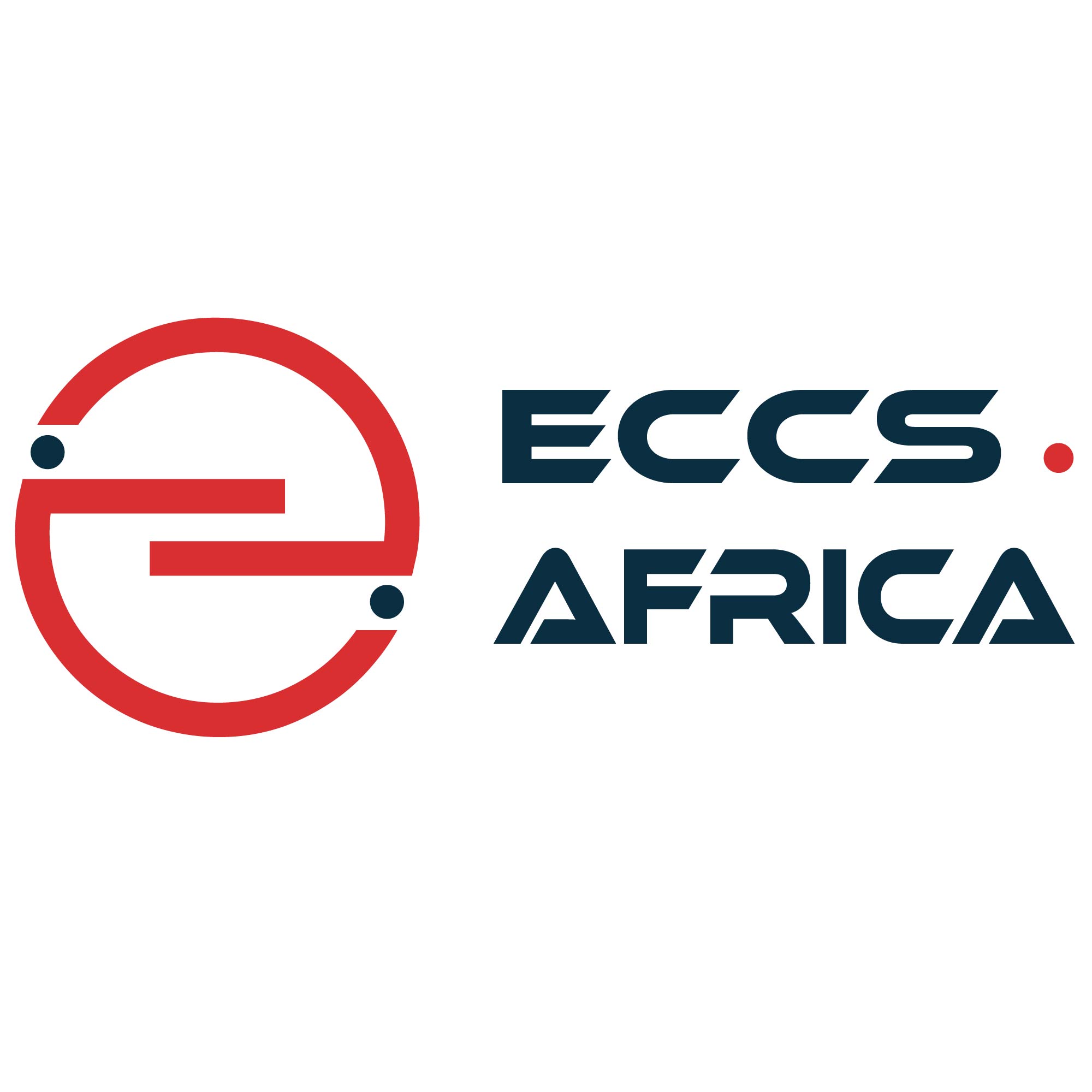Red Hat DevOps Pipelines and Processes: CI/CD with Jenkins, Git, and Test Driven Development
Course description
Build essential skills to implement agile and DevOps development processes and workflows.
DevOps practices have enabled organizations to undergo a digital transformation, moving from a monolithic waterfall approach to a rapidly deploying cloud-based agile process. This transformation requires a team of developers trained to use tools that enable them to spend more time coding and testing and less time troubleshooting. Red Hat DevOps Pipelines and Processes: CI/CD with Jenkins, Git, and Test-Driven Development (TDD) is a practical introduction to DevOps for developers that teaches students the necessary skills and technologies for automated building and deploying of cloud-native applications.
Following course completion, you will receive a 45-day extended access to hands-on labs for any course that includes a virtual environment.
Note: This course is self paced. Durations may vary based on the delivery. For full course details, scheduling, and pricing, select your location then “get started” on the right hand menu.
Course content summary
- Version control with Git
- Build and execute Jenkins pipelines
- Release strategies
- Build applications with Test Driven Development
- Security scanning and code analysis of applications
- Monitor applications and pipelines
- Consume and troubleshoot pipelines
Audience for this course
This course is designed for application developers.
Recommended training
- Experience with application development in Java, Node.js, Python, or others is required.
- Experience with application development or Red Hat Application Development I: Programming in Java EE (AD183) is recommended, but not required.
- Proficiency in using an IDE such as Red Hat® Developer Studio or VSCode
- Introduction to OpenShift Applications (DO101) is recommended, but not required.
- Take our free assessment to gauge whether this offering is the best fit for your skills.
Technology considerations
Internet access required.
You will use your own machines and must be able to install software on your device. If you are unable to do so, you may use the embedded virtual machine in ROL or be provided a machine in ILT.
Outline for this course
Introduction to continuous integration and continuous deployment (CI/CD)
Describe the principles of DevOps and the role of Jenkins.
Integrate source code with version control
Manage source code changes with Git version control.
Test applications
Describe the foundational principles behind comprehensive application testing and implement unit, integration, and functional testing.
Build applications with test-driven development
Implement and build application features with TDD.
Author pipelines
Create basic pipelines to run Jenkins jobs.
Deploy applications with pipelines
Safely and automatically deploy applications to Red Hat OpenShift Container Platform.
Implement pipeline security and monitoring
Manage the security and monitor the performance of pipelines.
Consume pipelines
Work with (or “Use”) and troubleshoot CI/CD pipelines for automated deployment and automated testing.
Impact on the organization
DevOps with Jenkins, Test-Driven Development, and Git version control, improves application time-to-market and code quality. This approach makes applications more resilient and enables organizations to quickly implement new features and respond to a quickly changing market.
Impact on the individual
You will be able to use the concepts in this course to simplify and more efficiently integrate your application code, build reliable code with TDD, and use automated pipelines to simplify testing. You will learn how to build pipelines, design applications with a “test first” approach, and integrate application code with Git. This course is intended to illustrate the benefits of DevOps and the tools that support its implementation.

